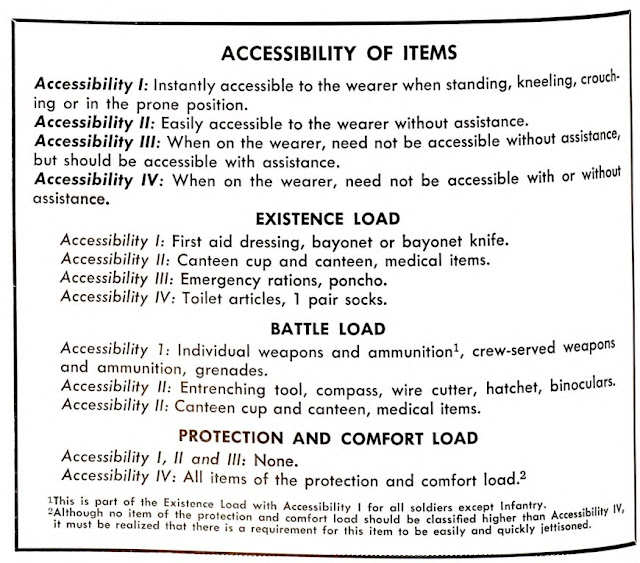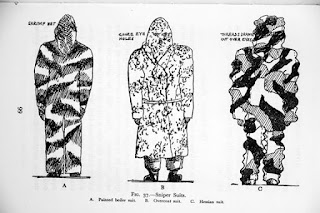One of the many things that became apparent after the American Civil War was that the infantryman needed a means to quickly construct earthworks.“Hardtack and Coffee” informs us that the quartermaster of the army had wagons of intrenching tools [sic] that were supposed to be supplied to units that needed them. In practice, there was seldom time to send for these tools, and infantrymen resorted to digging with their tin plates ormuckets. As you can see, there were attempts to modify spike bayonets for the role.
One of the solutions offered after the war was the Rice trowel bayonet, which began to see trials in the late 1860s. Available on-line is a document detailing the findings of the trails. While a few officers expressed reservations, the opinion of the enlisted men and many other officers was overwhelmingly positive. The document describes “rifle-proof” parapets being constructed in as little as nine minutes.This would be impressive, even with larger modern tools. The trowel bayonet was clearly superior to the improvised means the troops had been using before. It also had sufficient size, heft and edge that it could be used to cut saplings and branches, something beyond the current spike bayonet. Many believed the large, spear-like blade would make a better bayonet than the spike bayonet. Breech-loading rifles were coming into service, and many were of the opinion that the bayonet might be becoming obsolete. If it wasn’t quite as good a bayonet as the weapon it replaced, this was tolerable and its greater utility made up for this. The main objection to the trowel bayonet was that troops might be tempted to dig with it while it was mounted on the rifle. This was likely to bend the barrel, damage the muzzle or block the bore. Shortly after the introduction of the trowel bayonet it was replaced with a trowel knife. This probably had a better grip than the trowel bayonet, but its rounded tip gives it a less war-like appearance and possibly it was of less utility as a hand weapon.
Bayonets continued to evolve, but along different lines. The next step was the sword-bayonet, intended to serve as bayonet or hanger. Some infantry had carried both bayonets and hangers. Napoleon’s guard around 1815 spring to mind as an example. By the 1880s most infantry had long since discarded the hanger, so effectively the sword bayonet was replacing an implement that was no longer carried. Nonetheless, many armies entered the 20th century with sword bayonets, and would be using them until the 1940s at least.
The idea of letting the infantry have their very own entrenching tools had taken root, however. Infantry entrenching tools got bigger and more sophisticated until they reached the form we know today.
As has been discussed before on this blog, some of these tools are overkill for the non-military user. It is a hygienic cathole, rather than atomic-proof foxhole, that we generally need. There are little plastic trowels, of course, but these are not much use for anything else. The trowel bayonet suggests a relatively small digging tool can be a useful survival aid. Is there a modern equivalent?
Seeking to answer this took me to discover the hori-hori. In another blog I described how I had seen machetes used as jack of all trades by gardeners in Jamaica. The hori-hori is a similar device, but more compact. Not surprisingly, these are Japanese. The ninja put a similar digging tool, the kunai, to various uses. The hori-hori were originally used for gathering wild foods, so technically are already survival tools. A variety of models of hori-hori are available, but the one I have has a 7.5 inch blade, so more compact than the 10 by 4inch blade of the original trowel bayonets. One edge is serrated, the other can be used to chop or cut, or will be once I sharpen it. (The packaging says it comes “razor sharp”, which apparently means “unsharpened”.) The blade is a broad spearpoint, with one side slightly concave, as suits its digging role. Mine came with a nice condura sheath. Unlike many survival knives, this is a tool the makers recommend that you can pry with. Price is a bit more than a normal trowel, but this can be offset against the fact that many gardeners think they do not need many tools other than their hori-hori. On the other hand, compared to many survival knives, the price is very reasonable.
The hori-hori seems a pretty useful tool to have along on a trip or stored in an emergency kit. A useful backup or replacement for a survival knife.
If you have enjoyed this article or it has been helpful to you please feel free to show your appreciation. Thank you.














































